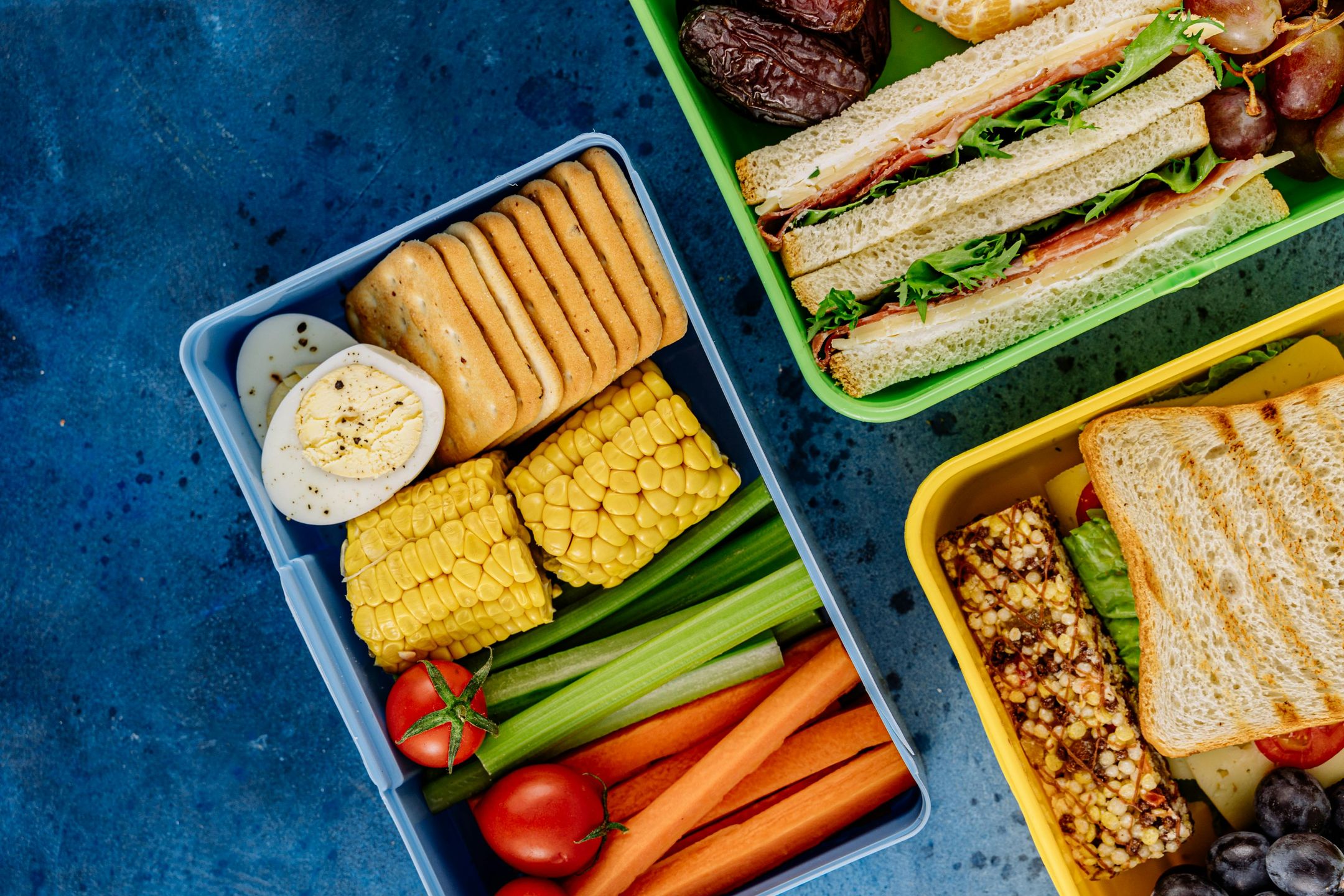
Can PET Plastic Be Reused for Food Storage?
In today's environmentally conscious world, the reuse of materials is a hot topic, and PET plastic is no exception. Polyethylene terephthalate (PET) is commonly used in water bottles, food containers, and packaging due to its transparency, strength, and recyclability. Understanding the safety and practicality of reusing PET for food storage is essential for making informed decisions.
The Safety of PET for Food Storage
Chemical Safety
PET is renowned for its safety in food and beverage packaging. Unlike some plastics, PET does not contain bisphenol A (BPA) or phthalates, which are chemicals often linked to health risks. Regulatory bodies such as the US FDA, Health Canada, and the European Food Safety Authority have approved PET for food contact after rigorous testing. These organizations ensure that PET does not release harmful substances into the food or beverages it contains. The safety of PET is further supported by its widespread use in the food industry, where it is employed to package a wide range of products, from bottled water to ready-to-eat meals.
Reusability Concerns
While PET is safe for single use, concerns arise when it comes to reusing these containers. The primary risk associated with reusing PET bottles and containers is bacterial contamination rather than chemical leaching. PET's chemical inertness means it does not react with food or beverages, but improper cleaning can lead to bacterial growth. Studies have shown that reusing PET containers without adequate cleaning can result in the accumulation of harmful bacteria, posing a health risk. Therefore, it is crucial to thoroughly clean PET containers between uses to minimize health risks.
Environmental and Practical Benefits
Recyclability
One of the key advantages of PET is its high recyclability. PET can be repurposed into new containers, reducing the need for virgin plastic and minimizing environmental impact. This makes PET an environmentally friendly choice for food packaging. The recycling process for PET is well-established globally, and many facilities can efficiently transform used PET into new products. According to industry data, PET is the most recycled plastic in the world, with a recycling rate of nearly 30% in the United States alone. This high rate of recyclability helps to reduce plastic waste and conserves natural resources.
Durability and Barrier Properties
PET is valued for its durability and excellent barrier properties, which protect food from external contaminants and moisture. This helps in maintaining the freshness of food and extending its shelf life. These properties make PET an ideal material for various food storage solutions, including trays, jars, and bottles. PET's durability also means that containers made from this material are less likely to break or degrade under normal use, providing reliable protection for their contents. Furthermore, PET's barrier properties are particularly important for products that are sensitive to air and moisture, such as snacks and baked goods.
Best Practices for Reusing PET
To safely reuse PET containers for food storage, consider the following best practices:
- Cleaning: Always wash PET containers thoroughly with warm soapy water and ensure they are completely dry before reuse. This helps to minimize bacterial risks. It's advisable to use a bottle brush to reach all corners of the container, ensuring that no food residue is left behind.
- Avoid Heat: Do not expose PET containers to high temperatures, such as in microwaves or dishwashers with hot water, as this can cause the plastic to degrade and potentially release chemicals. Heat can also warp the plastic, making it less effective at sealing in freshness.
- Inspect for Damage: Regularly check PET containers for signs of wear, scratches, or cracks. Damaged containers can harbor bacteria and compromise the container's integrity. If a container shows any signs of damage, it should be recycled rather than reused.
PET plastic is a safe and effective material for food storage, provided it is used and reused correctly. Its safety profile, recyclability, and excellent barrier properties make it a popular choice in the food industry. However, proper cleaning and avoiding high temperatures are essential to ensure the continued safety of PET containers. By following best practices, consumers can confidently reuse PET plastic containers while minimizing health risks.
For more information on PET raw materials and their uses in food storage, visit leading PET manufacturer Wankai for a comprehensive guide and explore their range of high-quality, recyclable food grade PET designed to meet the highest standards of food safety.

